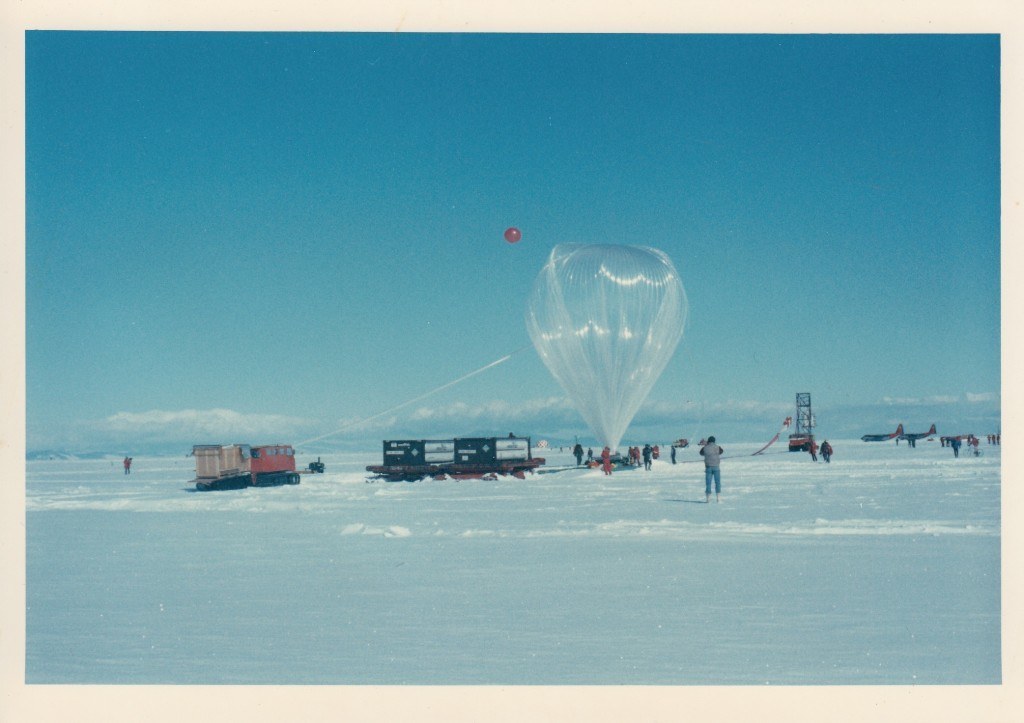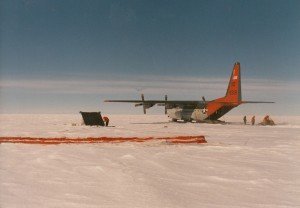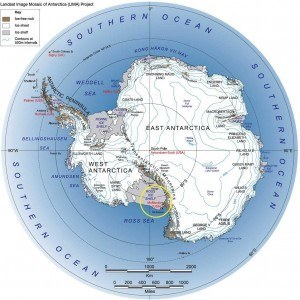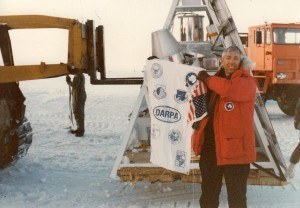
In February of 1987 I was on assignment to the Office of the Secretary of Defense with duty as a manager with the Defense Advanced Research Projects Agency (DARPA) for their program for Nuclear Detection Technologies. One of my projects was a space shuttle payload to test the effectiveness of some new detector materials in space. The Challenger accident had only recently occurred and all space shuttle flights were on hold indefinitely. On the 24th of that month, the brightest supernova in over 600 years was suddenly seen in the deep southern sky. Because its location was only a few degrees from the South Pole it could be seen only in the Southern Hemisphere. Here, at last, was a chance for the first experimental verification of the theory that the heavier elements on earth were born of supernovae.
The radioactivity from the supernova that would prove this theory was decaying rapidly, and would not be detectable for much more than a year. I made the case with DARPA, the National Science Foundation, the Office of the Secretary of Defense, the Navy’s Office of Scientific Research, the Air Force Space Command, and NASA’s Goddard Space Flight Center that we should try to launch our space shuttle payload from Antarctica instead, carried by an 11 million cubic foot helium balloon to an altitude of more than 120,000 feet at the very edge of space. Only there would the radiation from the supernova be detectable. Nothing like this had ever been done in Antarctica. We would need to start design and construction of the balloon gondola and integration of the payload right away. The logistics of performing all the testing and getting all the required equipment to “the Ice” were daunting. Just getting approval for the required funding quickly enough was almost unheard of. But with the wholehearted commitment of scientists and management from a number of widely diverse organizations we got it all done, and were ready to launch from McMurdo Sound in January, 1988.
I participated as one of the principal scientists, having written the software that would process and analyze the data. The launch from McMurdo Sound was successful. Two days later, flying in a NSF aircraft beneath the balloon not far from the South Pole, we decided to send the radio commands to fire the explosive bolts that would cut the parachute free from the balloon. We circled until the gondola and payload came to rest, and as it did we video-taped the shadows in the ice surface so we could determine if it would be safe to return and land there, being mindful of the deep and wide crevices that may be hidden by ice bridges. After careful study of the video back at base, the decision to return for recovery was a “go”. The Navy VXE6 Squadron flew the mission and was in overall command; I would be the ground commander. Our aircraft was an LC-130 (“L” meaning it was fitted with skis to land on snow and ice). Because we would be landing at 11,000 feet on the polar plateau, we needed to fly as light as possible to assure takeoff. We took the only aircraft with no external fuel tanks, because it was lighter than the others. There would be no chance to get help from ground support, so while on the ice the engines would be left running with feathered propellers. I was told I would have only two hours for my crew of eight to recover the payload and secure it for takeoff. I had only three days to train my crew and practice for the mission. It would be windy, cold, and noisy with poor visibility so we had to have our jobs down by heart — extracting the lithium batteries, dumping the ballast, releasing the chute, and venting any remaining liquid nitrogen. A Navy corpsman was included in the team whose job was to give us each a breath of oxygen every five minutes while on the ground, as we had just come from near sea level. We had a “Plan B” to ditch some of the less important items in case we were to be given only one hour for some reason.
Landings on the polar ice were known always to be extremely rough — it almost never snows there, and the sun bakes the surface into hard, wavy ridges. However, to everyone’s surprise, we touched down to a smooth landing. It had snowed, and no one had expected it. This created a formidable problem: the snow would add drag to the skis that would make takeoff as planned impossible. The plane would have to make its own runway by going back and forth over its own tracks to pack down the snow, and this would consume precious fuel.

With “Plan B” in place, we had the payload back in the aircraft ready to go in just less than 60 minutes. But, even after going over our own tracks for takeoff six times, we couldn’t get off the ground. The pilot would get as much takeoff speed as possible with the flaps up for less drag and then put them down suddenly for lift, but this only pushed the nose hard into the snow and prevented takeoff. Dumping the payload and failing in our mission seemed to be the only solution. But there was one other option we could try — if my crew of eight and I were to crawl up into the tail near the rudder with one cargo strap as a makeshift seatbelt for all of us, the weight of our bodies might help lift the nose of the plane at the critical time to get airborne. Needless to say, this was not normal procedure and would be somewhat risky, but it was our only option for success.

I gathered my crew, who were mostly civilian scientists, and let them know that if any one of them didn’t agree we would not do it and there would be no regrets. They all agreed. After two more long takeoff tries, we finally got off the ground, with just enough fuel to make it back. Back at base we analyzed the data and found conclusive proof of the theory that the genesis of the heavy elements was indeed in supernovae. Not only were the science objectives accomplished, but also the Department of Defense objectives of testing the new detector materials for use in space were accomplished better than they could have been accomplished in any other way, because the instrumentation had performed well while flying through the harsh radiation environment of the South Magnetic Pole. The success of this mission was due to the efforts and support of a great number of people from many organizations, and it was wonderful to see what Americans can get done when things have to be done and chances have to be taken.

A Launch from the bottom of the world!
George,
Thanks for sharing this story of risk-taking to accomplish your scientific mission. Well done!
Fascinating story! I read it twice, just to relive the guys’ being belted together up in the tail section, hoping-against-hope the C-130 could defy the odds. That was one time extra weight was welcome.
Always enjoy TDF